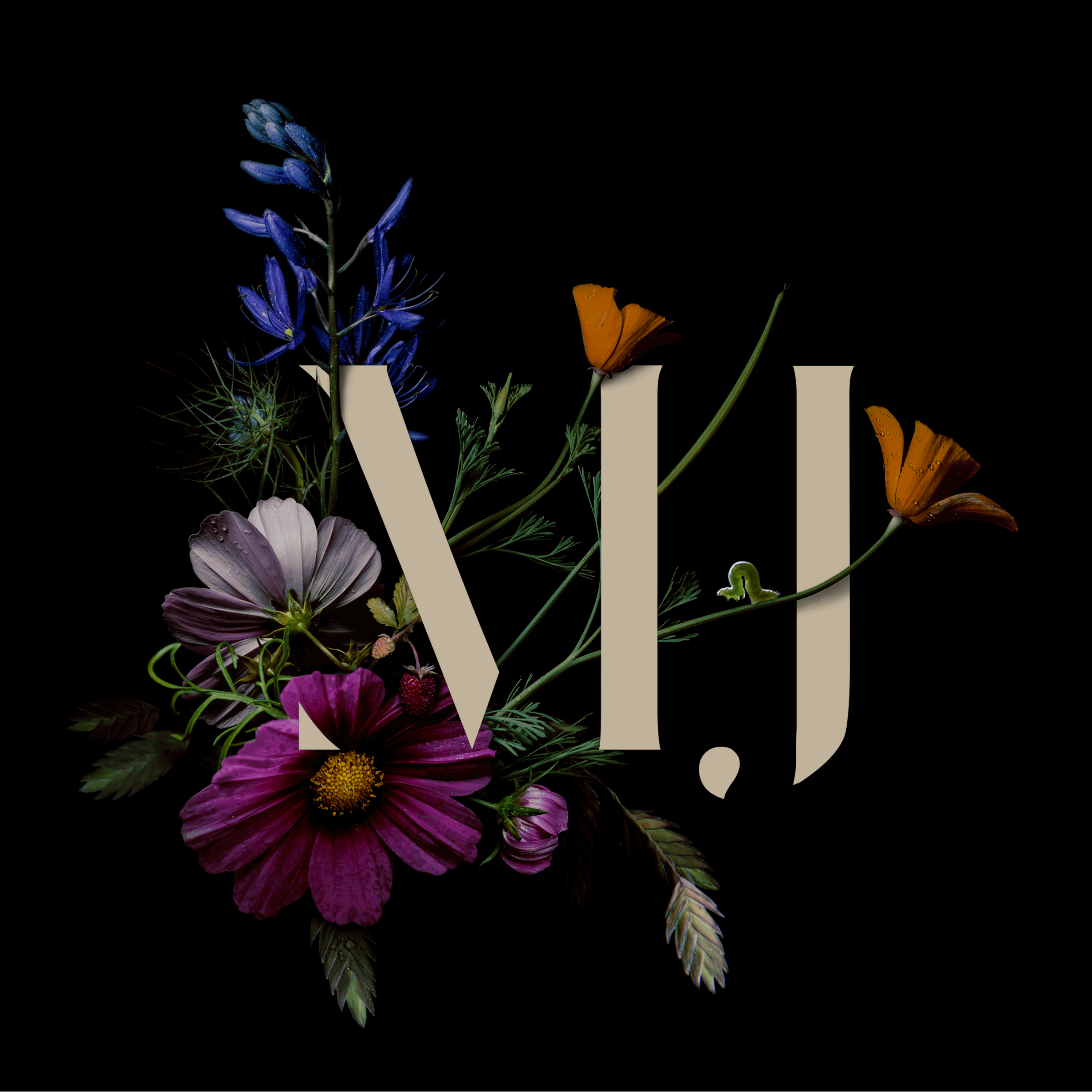
1. All live animals are treated humanely by the standards of the protected animals under the Animal Welfare Act; including humane and reasonable handling of the animals, adequate shelter from weather and temperature extremes, proper ventilation, proper sanitation, and appropriate veterinary care is provided if needed.
A. Found insects are photographed and returned to their proper habitat in no less than 24 hours.
B. Live animals from AWA compliant research labs may be photographed.
C. Any animal showing signs of discomfort or distress during a photo shoot is immediately returned to a safe environment.
2. When purchasing animals that are killed prior to usage, such as taxidermy, the artist only purchases what is understood to be animals who experienced a natural death or an unnatural death in which it was required to ease the suffering of a terminal animal.
A. Some animals such as butterflies and other insects will/can be raised/farmed ethically and allowed to live the natural course of their lives, only preserving the bodies after natural death.
3. An exception to #2 is photographing older specimens from a scientific library; in which the process of collecting the specimens may have been unacceptable by our modern standards, or of unknown origin. As such, these historically and scientifically relevant specimens may be borrowed from these libraries to be photographed, as long as the institution is in good standing with the scientific community and humanly handles current specimens in accordance with the AWA.
4. In any case that an animal handler is required for the safety and well-being of the animal, one will be consulted and/or hired.
5. This code of ethics is an evolving approach. The artist reserves the right to change and alter the process as to better suit the safety of herself, potential staff and of course, the livelihood of the animals in question.
